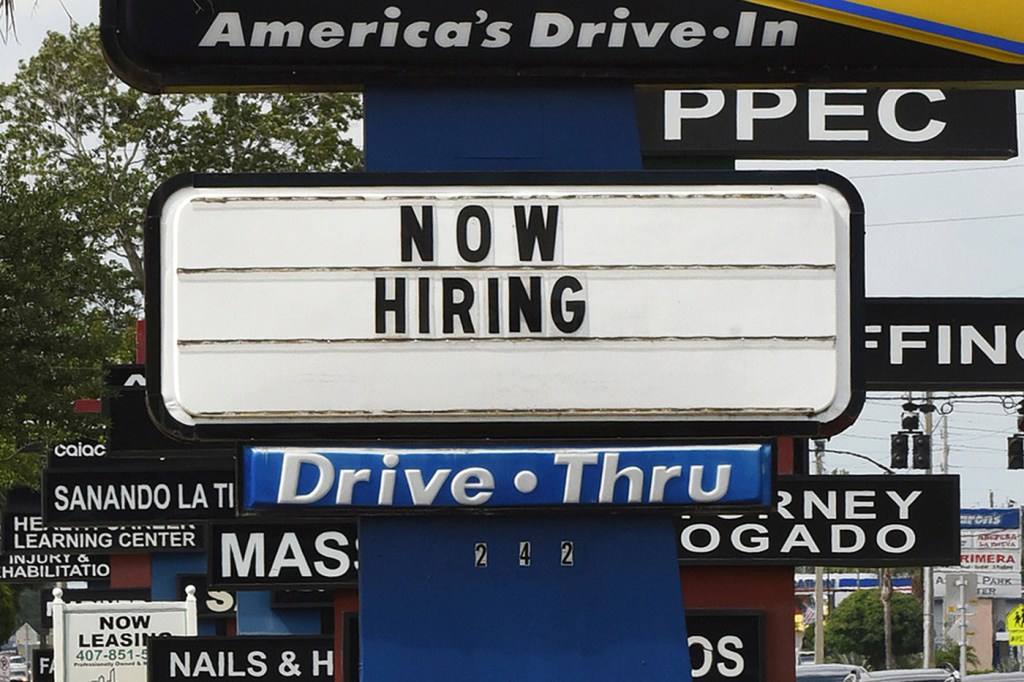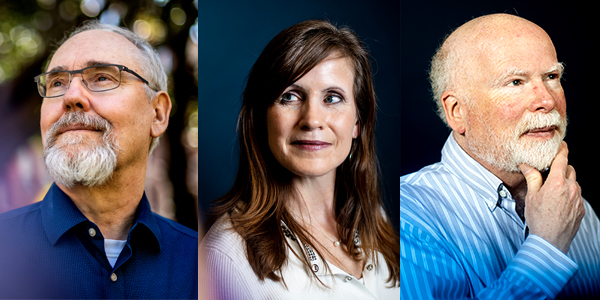Here’s why the US labor shortage may not be such a bad thing

As businesses in the United States begin to reopen after the COVID-19 pandemic, employers are replacing the “closed” signs in their windows with another: “Now hiring.” Labor shortages have emerged in a broad range of industries as people take stock of the last year, but three Northeastern economic scholars say it might not be such a bad thing.
The latest jobs reports from the U.S. Bureau of Labor Statistics present a puzzling fact: Millions of people remain unemployed even as many employers complain of worker shortage.
So, what’s going on?
“For the most part, it’s not a shortage of workers that’s the problem, per se,” says Robert Triest, professor of economics at Northeastern, “it’s a sign that employers just need to offer better packages of wages and working conditions to attract workers.”

Workers, many of whom are still caring for children during a time when childcare and summer camps are scarce, simply aren’t willing to work under the same conditions that they may have before this harrowing year, Triest says.
Would-be employees may be looking for higher wages, better healthcare benefits, or more flexibility in their schedules. Despite steadily increasing rates of vaccination, people may also still be concerned about public health conditions in the workplace, Triest says.
“Fundamentally, this is a good thing. We have economic conditions that require employers to create better working conditions,” he says.
And for many, the beefed-up unemployment benefits that went into effect during the pandemic offer a kind of buffer that allows people to be pickier about the jobs they take, says William Dickens, university distinguished professor of economics and social policy at Northeastern.
Though many of the expanded unemployment packages are set to expire this summer, “they enable workers to be a bit more selective in the jobs they choose to take, and they enable families to navigate this final stage of family care,” Dickens says. “People don’t have to take the first job that comes their way.”
Employees have bargaining power right now, Dickens says, and they’re using it to their benefit.
“Even workers who are already in certain jobs can credibly threaten to quit,” he says. “This is all having the effect of driving wages up and changing working conditions—but how long that bargaining position will last remains to be seen.”
Dickens and Triest suspect that much of the economic bumpiness will smooth out this fall, when schools reopen, and childcare is more stable for working parents.
But in the industries where the problem arises more out of a skills mismatch than a pandemic after-effect, the solution may be hiding in plain sight, according to new research by Alicia Sasser Modestino, associate professor of economics and public policy and urban affairs.
Modestino, along with colleagues from the Dukakis Center for Urban Research and Policy, as well as from The Boston Foundation and MassINC, examined the value of Massachusetts community colleges.
They found that those who graduated with a two-year associate’s degree from a Massachusetts community college made 31 percent more in earnings than their peers who only completed high school, while those who obtained a community college certificate (a credential in a specific field that does not require a two-year degree) saw earnings that were 26 percent higher than their high school graduate counterparts.
“There are lots of middle-skill jobs—jobs that require more education than just high school but less than a four-year college degree—that are just going unfilled,” Modestino says. “That’s where we need the community college system to fill those jobs.”
For example, Modestino says, many hospitals are in dire need of medical technicians—people who offer complementary support to surgeons and physicians.
“You can have all the surgeons in the world but if you don’t have the middle-skill workers in the operating room with them, you’re hamstrung,” she says.
For media inquiries, please contact Marirose Sartoretto at m.sartoretto@northeastern.edu or 617-373-5718.





